Your Child Will Learn
Introduction to patterns
Here’s What to Do
- With your child, gather two different types of small toys (like blocks and toy cars, or balls and stuffed animals). Sort them into 2 piles based on their types.
- Place them in an alternating pattern, repeating three times if possible (example: block, car / block, car / block, car)
- Say the pattern out loud, pointing to each object as you say it. Ask your child: “What comes next?” Add that object to the pattern, and check your child’s answer.
- Repeat with different objects.
Put PEER Into Action
PAUSE
- Find a quiet place free from distractions
ENGAGE
- “Can you put all the blocks in one pile, and all the cars in another?”
- “I’m going to make a pattern. I’ll put a block, then a car, then a block, then a car, then a block, then a car. What comes next?”
ENCOURAGE
- Let’s check it. “Block, car, block, car, car. Hmmm… does that sound right? Let’s say the pattern together and see if we can figure out what comes next.”
- Patterns are a tricky concept for children this age. Your child will get the hang of it eventually!
REFLECT
- Does your child seem to understand how to make a 2 object pattern?
Not Quite Ready
Practice sorting objects into categories.
Ready for More
Lay out another toy pattern in a line, then ask your child to match it in a new line of their own
As Your Child Masters This Skill
They will know what comes next in a two-object pattern.
Time to Complete
10 minutes
Materials Needed
Two types of small toys (like blocks and toy cars, or balls and stuffed animals). You’ll need 4 of each type.
